
Simple ‘Finger Test’ Could Reveal Early Signs of Lung Cancer — Check Yours at Home

When people think of lung cancer, they often imagine telltale symptoms like a chronic cough, wheezing, or shortness of breath. But there's one early warning sign that’s far less obvious — and you can check it yourself at home in just a few seconds using a simple "finger test."
Known as the "diamond gap test," this self-check could help identify a rare but serious physical change in your fingertips that may indicate lung cancer or other underlying health conditions. And in some cases, it’s the only visible clue that something is wrong.
📈 Why Early Detection Matters
According to The Mirror, lung cancer is one of the fastest-spreading cancers, with almost 40,000 new cases diagnosed each year in the UK alone. Unfortunately, it’s also one of the hardest to catch early because symptoms often don’t show up until the disease is already advanced.
That’s why small signs — even in your fingers — can be vital. The earlier lung cancer is diagnosed, the better the chance of effective treatment and survival.
👆 How to Do the Finger Test
You don’t need any special tools or medical training to do this — just your hands and a few seconds.
🔍 Step-by-Step:
-
Hold up both index fingers and press the nails together.
-
Look closely at the space between the nails where they meet.
-
Normal result: You should see a small, diamond-shaped gap of light between the nail beds.
-
Potential concern: If you don’t see a gap, and your fingertips appear rounded, swollen, or clubbed, it may be a sign of a condition known as finger clubbing.
🧠 What’s Happening?
Finger clubbing occurs when the soft tissue beneath the nail beds thickens, often due to low oxygen levels in the blood — a condition sometimes linked to lung cancer, heart disease, or chronic lung conditions.
📋 Stages of Finger Clubbing
Finger clubbing tends to develop gradually and may follow these stages:
-
Softening of the nail bed — the base of the nail feels spongy to the touch.
-
Shiny skin around the nails and fingertips.
-
Increased nail curvature, where nails begin to curve downward more than usual.
-
Swollen fingertips, caused by fluid buildup in the soft tissue.
While finger clubbing doesn’t always mean cancer, it’s a red flag worth discussing with a doctor, especially if it appears alongside other symptoms.
🩺 Real-Life Case: How a Finger Test Helped Save a Life
Take the case of Brian Gemmell, a lung cancer survivor from the UK. He had no obvious respiratory symptoms — no cough, no chest pain — just unusually swollen fingers.
His GP noticed the finger clubbing and sent him for an X-ray. That small observation turned out to be life-saving: Brian was diagnosed with early-stage lung cancer, still confined to one lung.
“Go and see your doctor if you’ve got anything that concerns you — that’s what a GP is for,” Brian advised.
“Go as soon as you can.”
👩⚕️ What Doctors Say
According to GP Dr. Helen Piercy, people shouldn’t ignore subtle changes in their bodies:
“If you notice any signs or symptoms that concern you, see your GP. First, phone for an appointment. You’ll be assessed and invited in if needed. Don’t be afraid — pick up the phone.”
She stresses that early detection dramatically improves treatment outcomes, especially for fast-spreading cancers like lung cancer.
🔍 Other Possible Symptoms of Lung Cancer
Not everyone with lung cancer experiences noticeable symptoms early on. Some people have multiple signs, while others may feel completely fine. But if you’re experiencing any of the following — especially in combination — it’s important to seek medical advice:
-
Persistent cough lasting more than three weeks
-
A cough that changes in sound or gets worse over time
-
Shortness of breath or difficulty breathing
-
Chest or shoulder pain
-
Coughing up blood or blood-stained phlegm
-
Frequent chest infections
-
Hoarseness or voice changes
-
Unexplained fatigue or low energy levels
-
Swelling in the face or neck
-
Loss of appetite or unexplained weight loss
Keep in mind: these symptoms can be caused by other conditions too — but it’s always better to get checked and rule out anything serious.
🧠 What Else Can Cause Finger Clubbing?
Lung cancer is just one potential cause of finger clubbing. It can also be linked to:
-
Chronic obstructive pulmonary disease (COPD)
-
Pulmonary fibrosis
-
Cystic fibrosis
-
Congenital heart defects
-
Endocarditis (heart infection)
-
Inflammatory bowel disease (IBD)
This is why any unexpected change in your nails or fingertips should prompt a conversation with your GP — especially if accompanied by other unexplained symptoms.
✅ The Bottom Line
The finger test is a quick, painless, and cost-free way to detect an early sign that something may be wrong internally — potentially even lung cancer. It won’t diagnose you, but it might give you the nudge you need to seek medical advice.
It takes just seconds to do. But if something doesn’t look right — don’t ignore it. Early action can truly make the difference between a manageable diagnosis and a more serious one.
News in the same category


The #1 way to flush microplastics from your body (It’s shockingly simple)

According to experts, consuming too much rice leads to…

Surprising reason why you should NEVER take a cold shower when it's hot
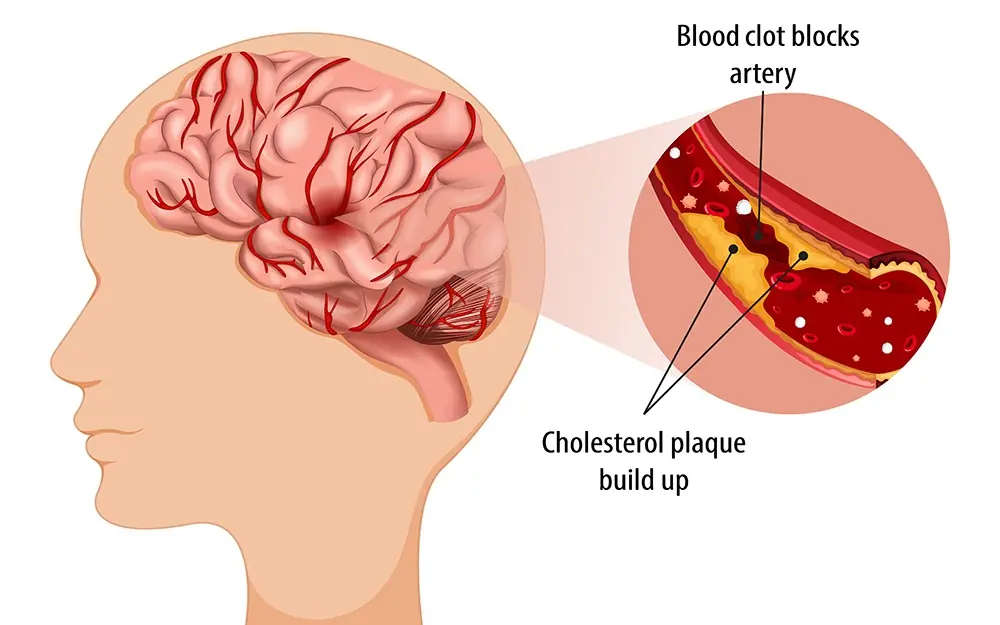
CLOGGED ARTERIES CAN CAUSE STROKES EAT THIS TO PROTECT YOUR BRAIN

QUIET SIGNALS YOUR BODY SENDS LONG BEFORE DIABETES IS DIAGNOSED

5 Foods to Help Prevent HEART ATTACK That Nobody Talks About

Powerful Natural Detox to Cleanse Your Kidneys, Liver & Lungs!

Eat Crushed Garlic to Clean Your Arteries and Prevent Heart Attack
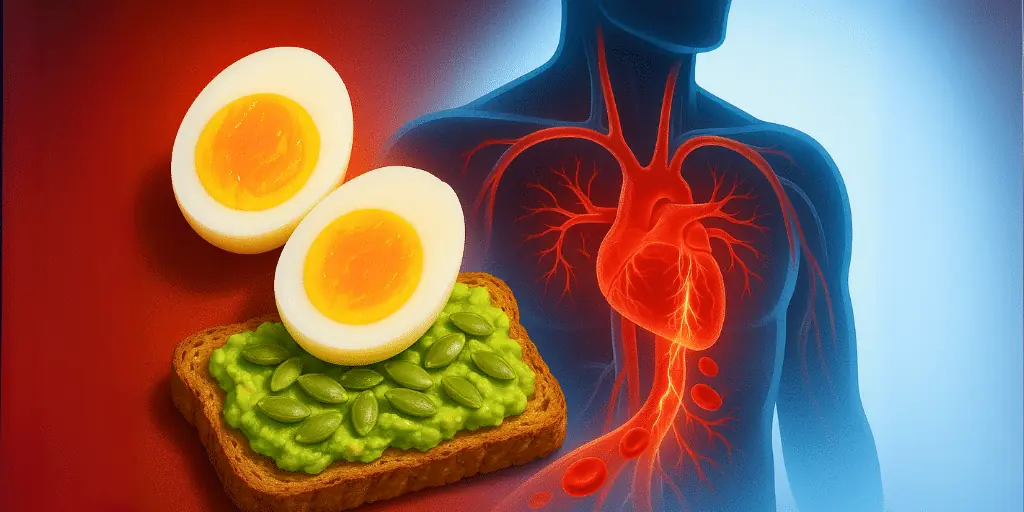
Men Over 60: Eat These 6 Breakfast Foods to Boost Blood Flow Naturally

What Happens When You Take Turmeric Daily (PCOS, Diabetes, Joint Pain) – Evidence-Based
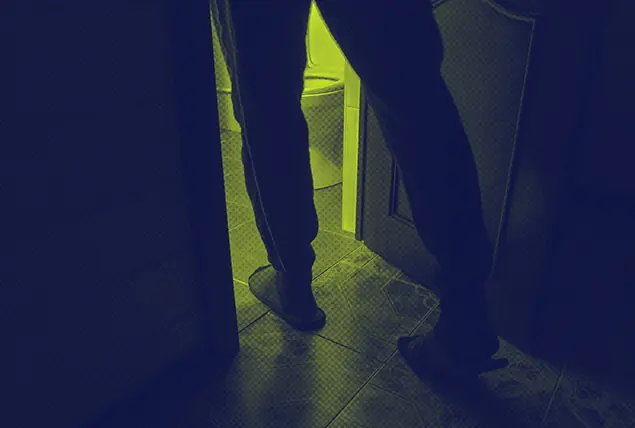
Why You Wake Up to Pee at Night (and How to Stop It for Good!)

1 Teaspoon of Baking Soda Can Do THIS to Your Body!
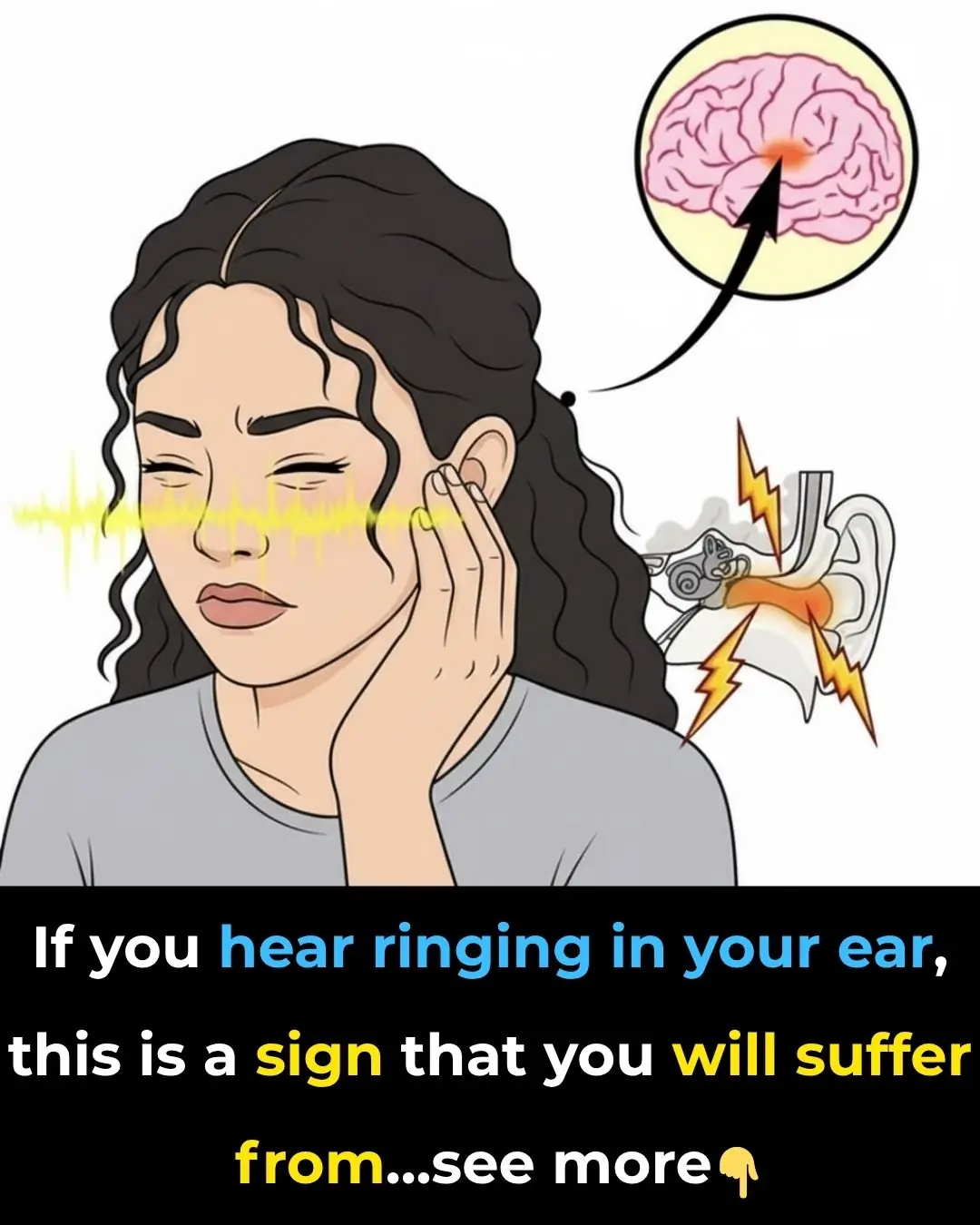
🔊 Ringing in Your Ear? What Tinnitus Really Means and When to See a Doctor

The Health Effects of Left Side Sleeping That Few Talk About

Top 15 Natural Collagen-Boosting Foods That Rebuild Skin, Joints, and Bones Fast

Cleanse Your Kidneys of Toxins With 2 Effective 1-Ingredient Drinks

The 60-Second Trick to Reset Your Nervous System (A Himalayan Salt Bio-Hack)
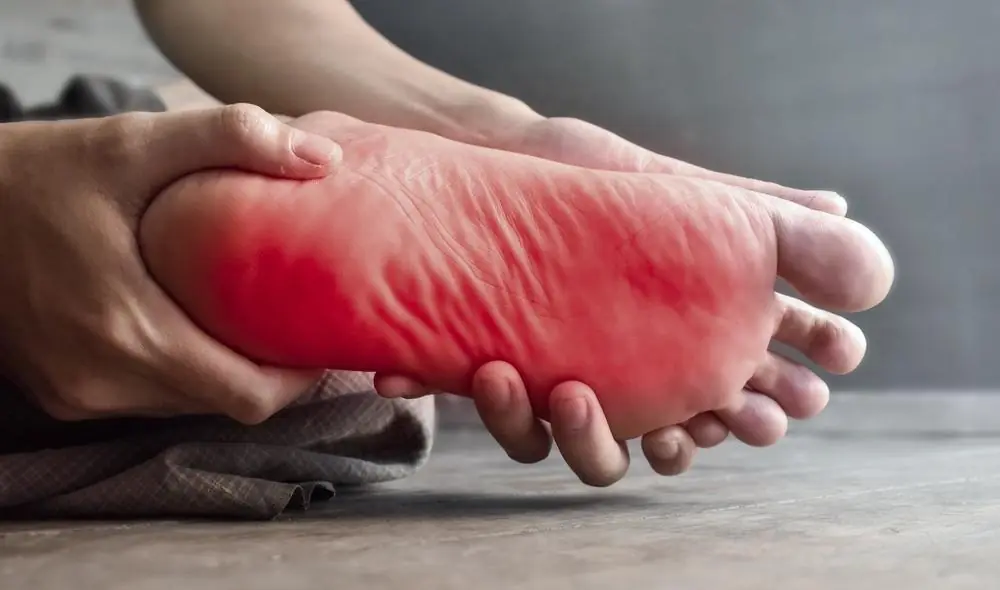
Top 6 Natural Remedies to Fight Neuropathic Pain (Peripheral Neuropathy Home Remedies)
News Post

The Man Who Remembers Hunger: Why One Act of Kindness Matters.

The Little Elephant Who Was Born Different: A Pink Calf in the Wild

When Love Has No Address: A Man and His Dogs

A Boy, a Soldier, and an Umbrella: A Timeless Gesture of Respect

Purslane: The Superfood That Tastes Better Than Meat – 7 Reasons to Grow It in Your Garden

Don't Throw Old Tomatoes in the Trash.Turn them into flavorful tomato powder.

Banana Blossom: Health Benefits, Recipes, and Uses
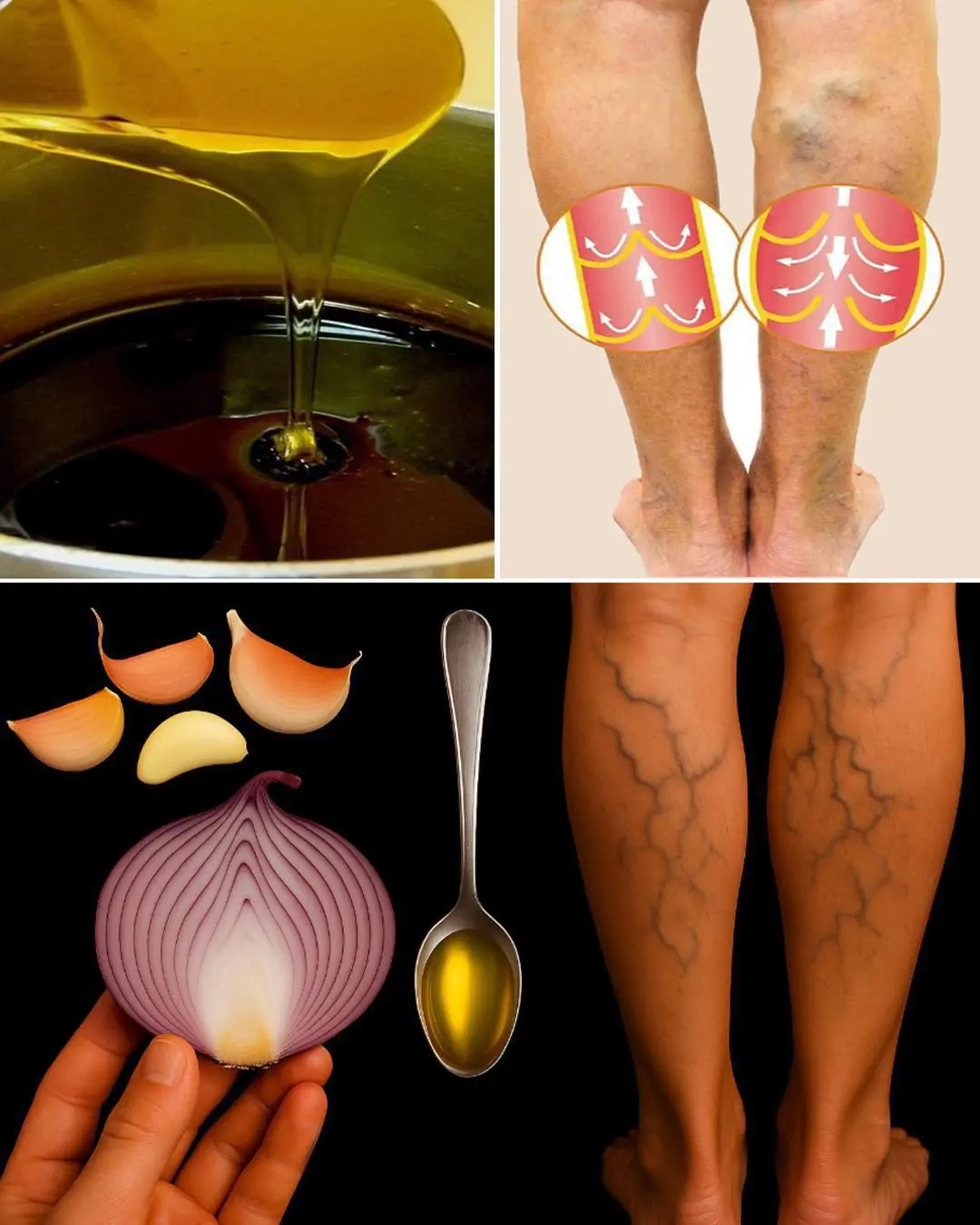
Onion, Garlic, and Olive Oil Remedy for Varicose Veins: Natural Treatment and Benefits

The Photo of the Year: A Glimpse of Courage the World Must Not Forget
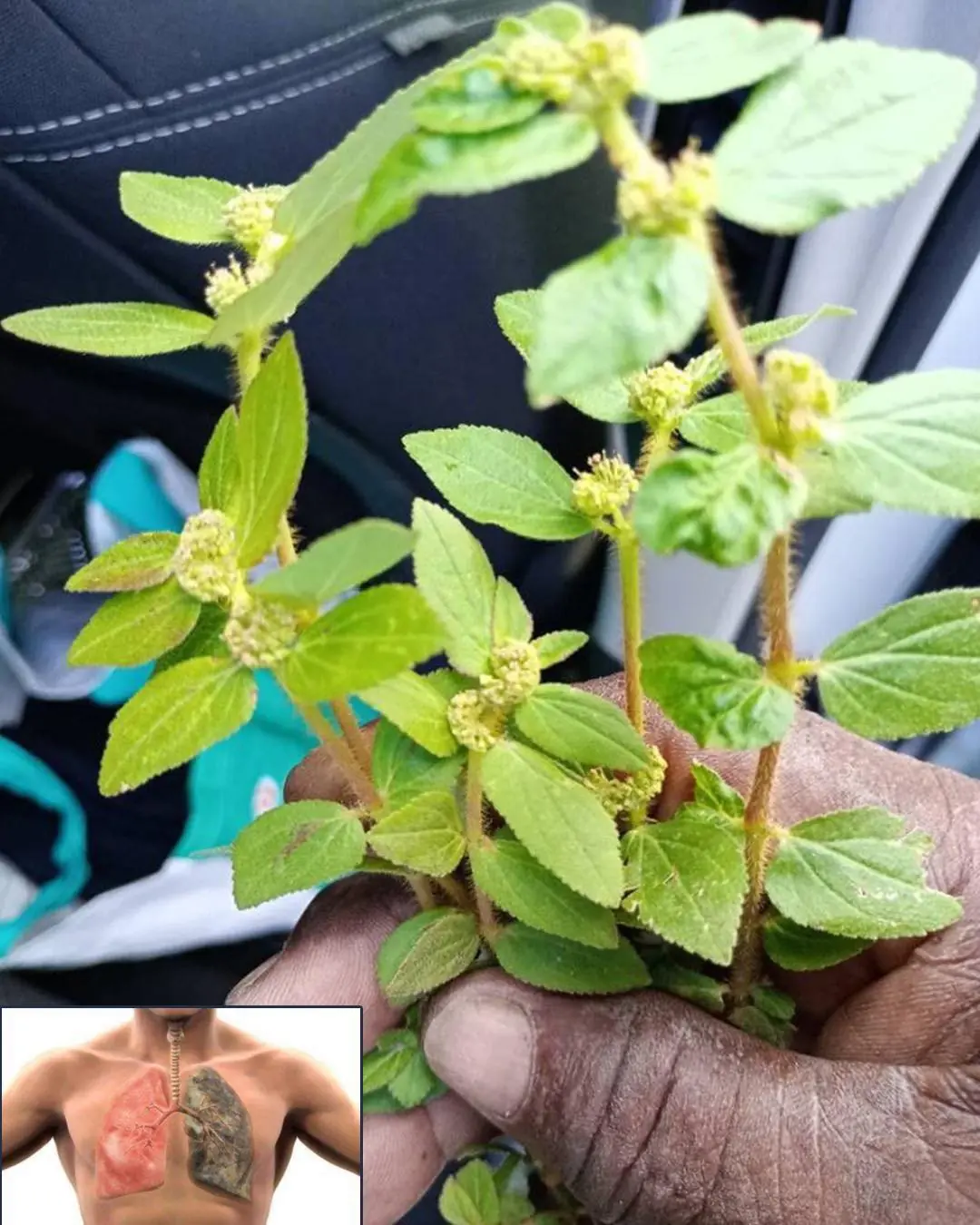
7 Surprising Benefits of Euphorbia Hirta

How to Regrow Food in Water: 10 Foods that Regrow Without Dirt
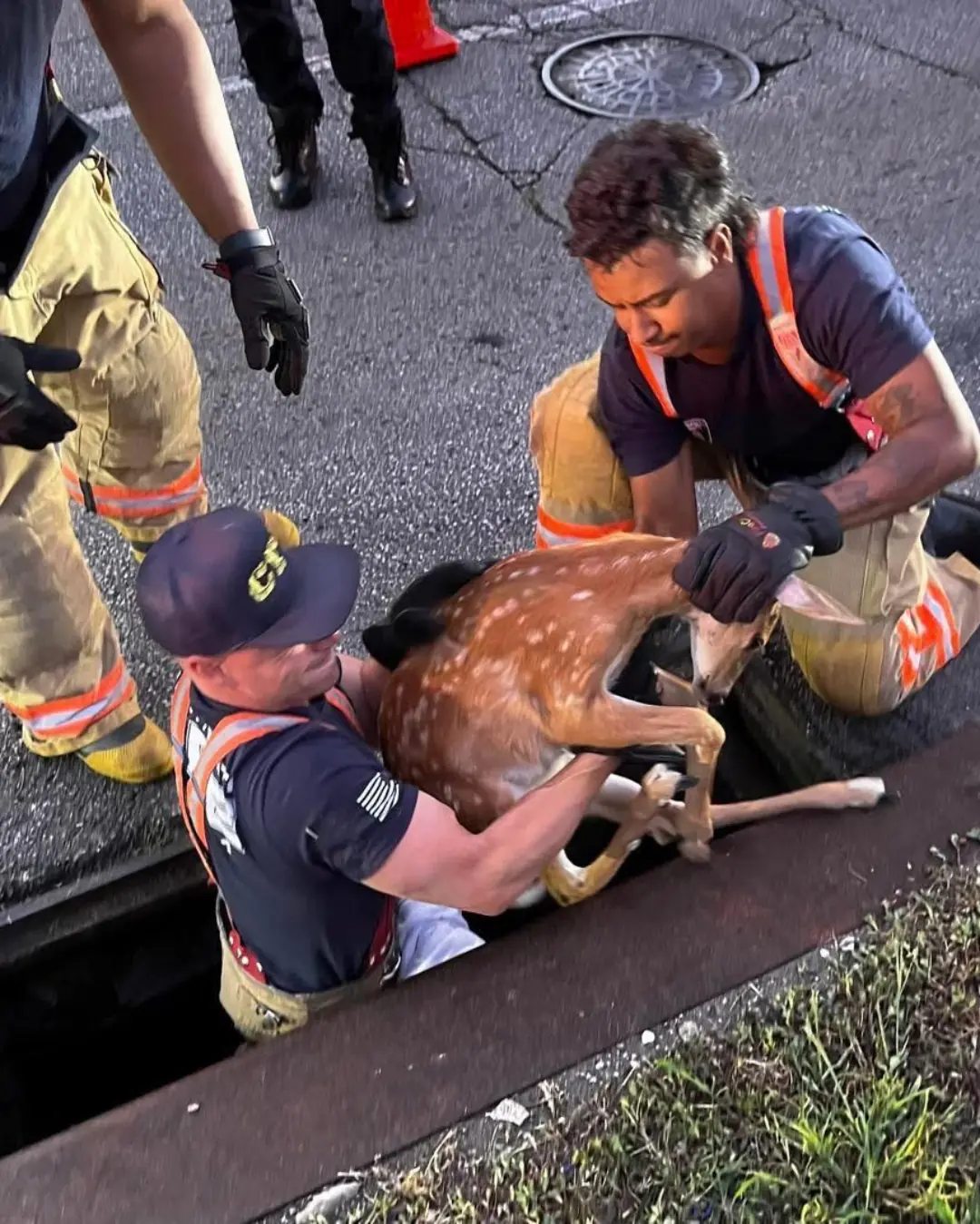
Firefighters Save Trapped Fawn from Storm Drain, Reuniting It with Nature

10 benefits of pigweed

Wild Lettuce Sap: Benefits and Uses

When “Just a Dog” Becomes the Difference Between Life and Death

Teddy’s Hug: A Rescue Story of Unbreakable Love

Benny’s Redemption: A Journey from Loneliness to Love

Man has stroke after bathing right after meal: 3 mistakes you shouldn’t make

Redemption in Yarn and Paws: How a Cat Gave My Brother Back His Life
